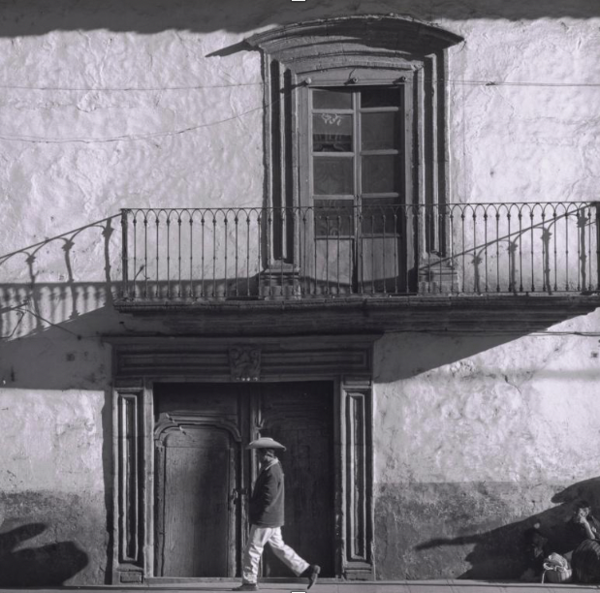
THE SNITE MUSEUM OF ART, University of Notre Dame, announces the gift of photographs from the Brett Weston Archive.
NOTRE DAME, Ind., May 1, 2019 –The Snite Museum of Art at the University of Notre Dame announces the gift of 50 photographs by Brett Weston (American, 1911-1993). This generous donation comes from the Oklahoma City philanthropist Christian Keesee, who founded the Brett Weston Archive after acquiring works from the artist’s estate in 1996. Aside from organizing the photographer’s work, and publishing a catalogue raisonne, the Brett Weston Archive makes this gift to the University to broaden appreciation of Weston, to preserve his work, and to contribute to study of the history of photography.
“The Museum and University are honored to receive this important gift,” shares Museum Director Joseph Antenucci Becherer, “It furthers greatly one of the important university collections of photography.”
Brett Weston was the second of four sons of the photographer Edward Weston and Flora Chandler. He left school at age thirteen, move to Mexico with his father, who was already a distinguished photographer. He observed his father’s dedication to craft when the elder Weston shifted from a Pictorialist style to a sharp, incisive manner that emphasized bold forms and delicate textures. He displayed a natural talent in his first photographs. “He is doing better at fourteen than I did at thirty,” the father wrote in his journal. “To have someone close to me, working so excellently, with an assured future, is a happiness hardly expected.” Edward Weston chose a group of his son’s photographs for the landmark Film und Foto exhibition at Stuttgart in 1929, and the seventeen-year-old had his images published in European magazines.
In the early 1930s, when father and son were partners in studios in San Francisco and Carmel, both made some of their most remarkable photographs at Point Lobos, views of the windswept Pacific coastline, and natural objects collected along the beach.
In May 1930, Brett Weston set out on his own, opening a portrait studio in Glendale, California. Two years later a solo exhibition of his photographs was mounted in San Francisco at the M. H. De Young Memorial Museum. During the Depression, he was a photographer for the Works Progress Administration, and a supervisor of the photographic section in the Federal Arts Project. He moved to Santa Barbara, during World War II, to work as a photographer for the Douglas, and North American Aircraft corporations. Drafted into the Army in 1941, he later photographed in New York, surveying the city from the rooftops, and exploring the New York Botanical Garden. He was posted to El Paso, Texas in 1945, he explored the White Sands National Monument in a series of photographs that were continued during his Post-Service Guggenheim Fellowship. After the war, he returned to California to assist his father through the struggle with Parkinson’s disease in the final decade of his life. In 1958, Weston traveled for the first time to Europe, where he made studies of space, form and texture rather than picturesque tourist views.
“Brett Weston was a darkroom virtuoso,” said David Acton, Snite Museum Curator of Photographs. “His deep understanding of the capabilities of film photography produced prints seldom equalled in digital media. So his great prints often provides a revelation to students.”
All of the works in this gift were made by Brett Weston himself, from his own original negatives which range in date from about 1940 to 1985. Many of the photographs in this gift are vintage prints, produced around time of the negative. Others were made later, and meant for exhibition or sale, but they remained in the artist’s possession at the time of his death. Building upon his father’s achievements, Weston made many studies of plant forms, and the reflective or coarse surfaces of water, soil or rock.
Weston observed abstraction in nature with his camera, and accentuated its beauty with the processes of photographic film. These were ideal subjects for the demonstration of the tonal capabilities of the gelatin silver print process. In this era of cellphone camera and digital photography, students are surprised and delighted by the beauty of traditional gelatin silver photographic prints.
Image: Rock Wall, 1975 Vintage Gelatin silver print